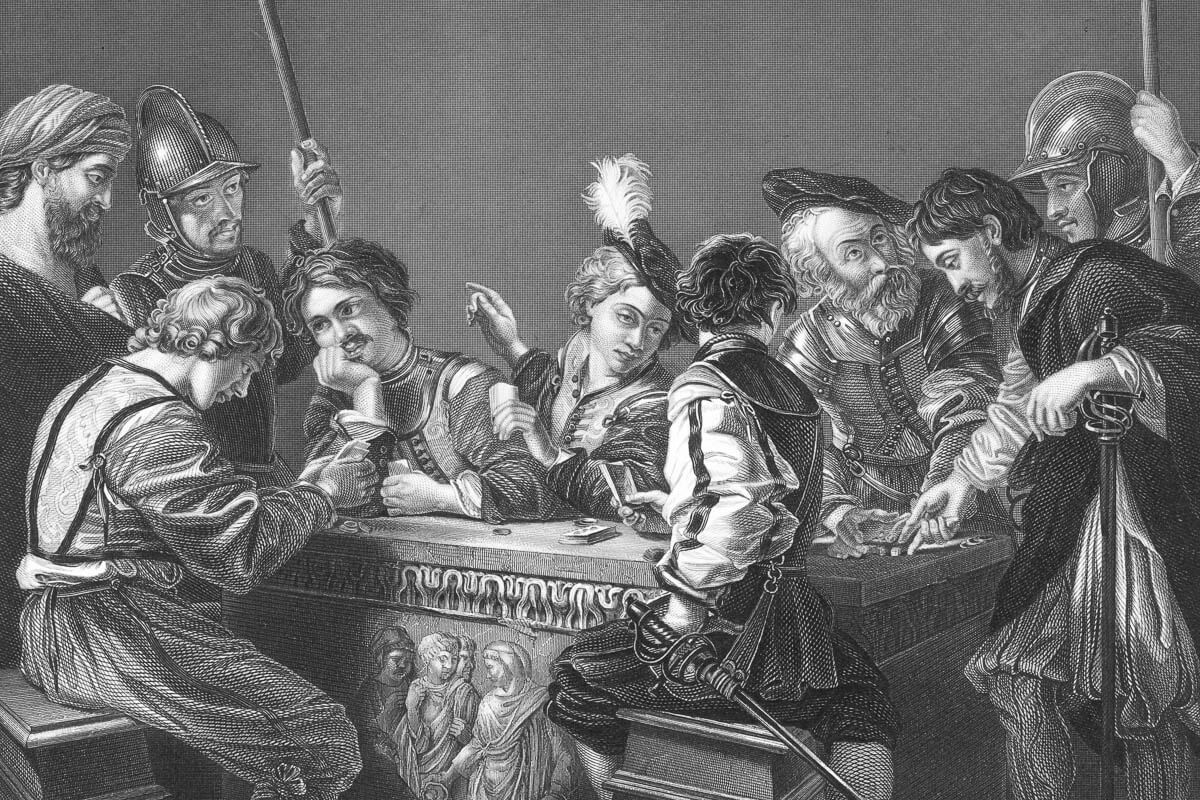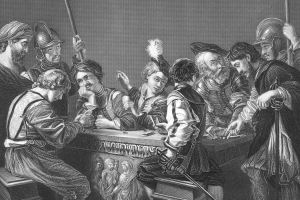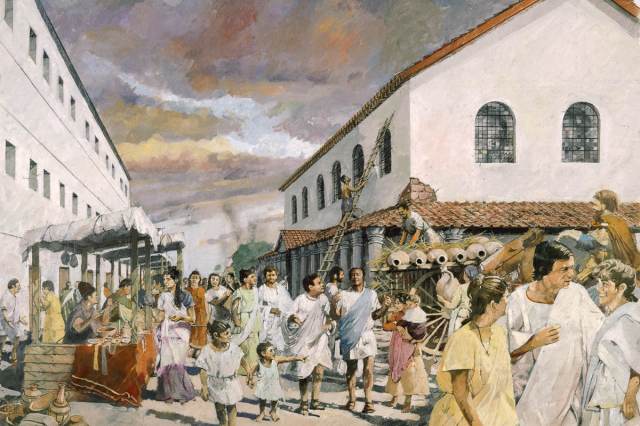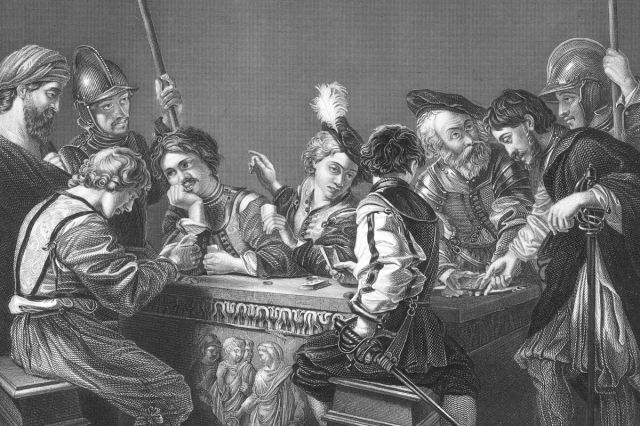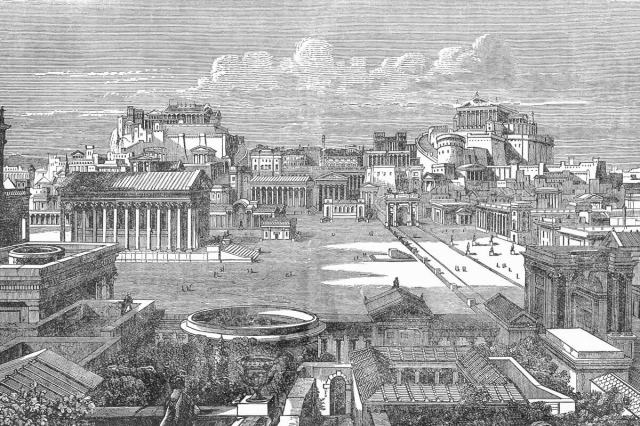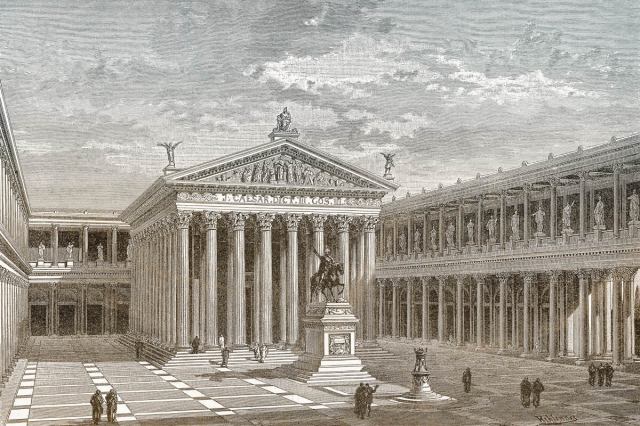What Everyday Life Was Like in Ancient Rome
Ancient Roman history is usually dominated by larger-than-life rulers such as Julius Caesar and eloquent senators such as Cicero. However, these men led an empire of millions of everyday citizens who were usually less concerned with conquering the world than they were with putting bread on the table and simply enjoying life. A look at the lives of typical Roman citizens reveals a culture that in many fundamental ways is not so different from ours; the ancient Romans worked, played, socialized, and expressed themselves — albeit often quite rudely. Here are six facts that offer a glimpse of what it was like to be an average citizen in one of the world’s largest and most influential empires.

No Matter Where You Went, You Could Always Find a Public Bath
The Romans were masterful architects of public baths, called thermae. These were complex facilities with elaborate heating systems where Romans from all walks of life came together to relax, socialize, and of course, get clean. Bathing in the Roman thermae wasn’t just a simple dip in the water — there was a whole process involved. A visitor would begin by doing some light exercise followed by a hot bath, then a warm bath, and then a cold bath; they could also spend time in a steam room or get a massage. Public baths were a central part of Roman culture, and some citizens even considered them a symbol of Roman identity. In fact, baths were such an essential component of daily life that they were built in nearly every part of the Roman Empire, even in its most remote regions. Roman thermae could be found as far north as the British Isles and as far south as Egypt.
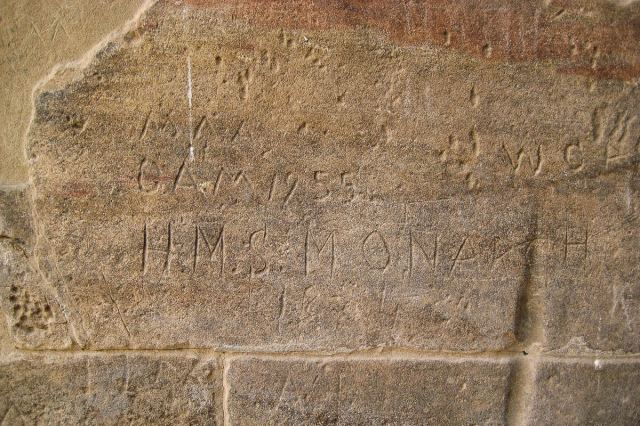
The Empire’s Cities Were Filled With Graffiti
Archaeological evidence from well-preserved ancient Roman cities such as Pompeii and Herculaneum reveals that, much like people in modern society, the denizens of ancient Rome liked to express themselves through some good old-fashioned graffiti. Since the ancient Romans lived a few millennia before the invention of spray paint, they had to make do by scratching and carving their designs and messages into plaster surfaces around the empire’s cities. Graffiti carved by everyday Romans can be found on the walls of bars, public baths, and other places where people commonly went to socialize. Ancient Roman street art ranged from simple drawings of stick figures and animals to colorful, R-rated jokes and insults. While some of the more famous Romans, such as emperors and statesmen, were commemorated through huge monuments and stately statues, graffiti was often a common person’s best shot at leaving their mark on the world, and many ancient graffiti artists included their names in the messages they left, to be remembered by future generations — even if it was just for a rude boast or scatological joke.





